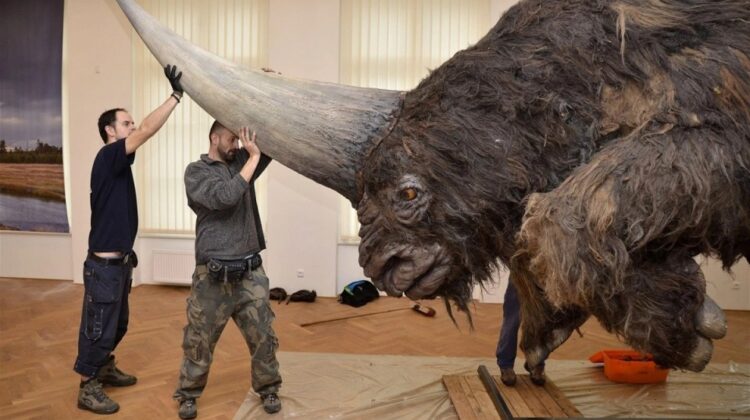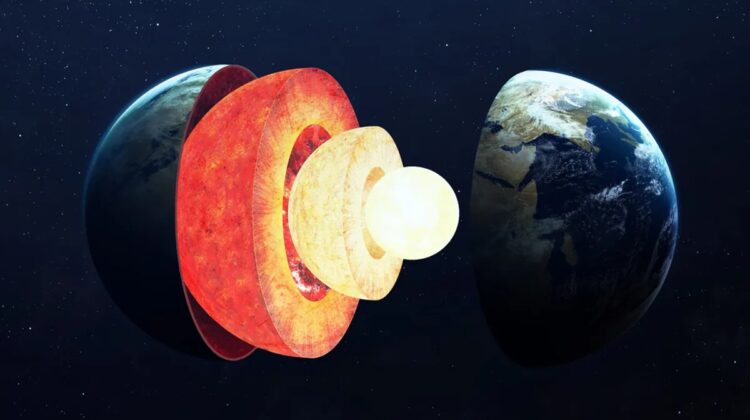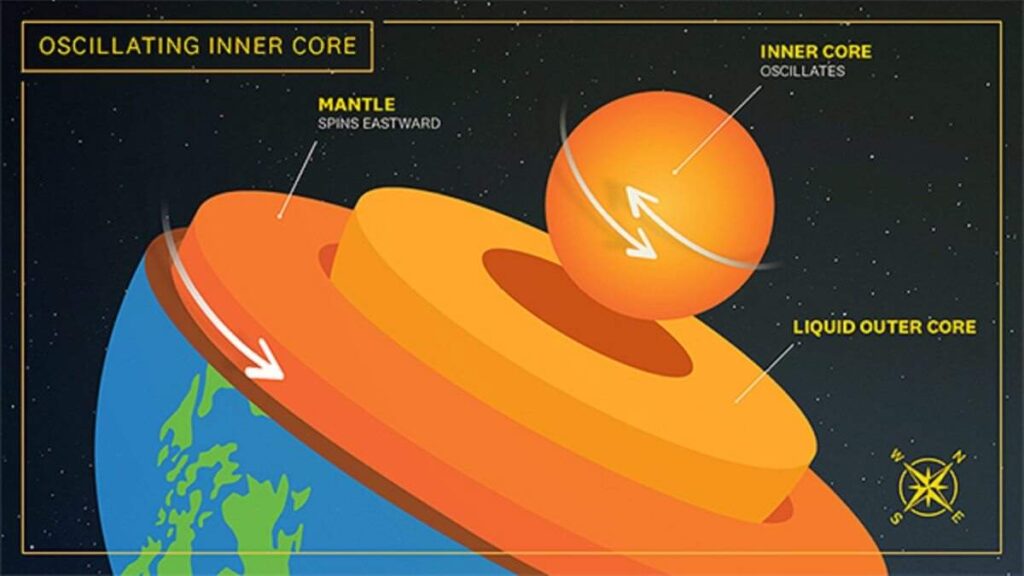Mildly interesting
-
Utkan Demirci and Sean Wu use acoustics to manipulate heart cells into intricate patterns. A simple change in frequency and amplitude puts the cells in motion, guides them to a new position and holds them in place.

Wu and Demirci can then shepherd the heart cells into nearly any pattern they want. “You can make triangles, hexagonal shapes, circles, lines — you can even make a little human shape,” Demirci says.
“And,” Wu adds, “if you don’t like the pattern, for whatever reason, you can change it, literally, within five or six seconds. You change the frequency and amplitude, and the cells move into a new spot right in front of your eyes.”
Unlike other tissue engineering tactics, acoustics position the heart cells in a tight configuration that closely resembles natural cardiac tissue, turning the resulting, beating blob into something valuable for medicine.
Wu and Demirci think acoustic engineering could help foster more realistic cardiac disease modeling and drug screening. More distantly, but still on the horizon, the pair even see their generated tissue as an option for heart patches in patients who have weak cardiac walls or have damage from a heart attack.
Next, Demirci and Wu say that they plan to add vascularization — conduits that carry blood and oxygen to various parts of an organ — to make their generated heart tissue even more realistic.
Very interesting things are being performed with sound in the article. This is just one.
-
-

New research by Australian scientists shows that “unicorns” lived alongside humans and were only made extinct by climate change.
The giant, shaggy Ice Age rhinoceros (Elasmotherium sibiricum), known as the Siberian unicorn because of its extraordinary large single horn, was thought to have become extinct some 200,000 years ago.
That theory has been debunked by an international team of researchers from Adelaide and Sydney, as well as London, the Netherlands, and Russia.
In a study paper, published Tuesday morning in the scientific journal Nature Ecology and Evolution, researchers say the Siberian unicorn became extinct only 36,000 years ago.
The study found the most likely cause of the species’ demise was a reduction in grassland due to climate change, rather than the impact of humans.
Weighing up to 3.5 tonnes with a single enormous horn, the Siberian unicorn roamed the steppes of Russia, Kazakhstan, Mongolia, and Northern China.
-

New research by Australian scientists shows that “unicorns” lived alongside humans and were only made extinct by climate change.
The giant, shaggy Ice Age rhinoceros (Elasmotherium sibiricum), known as the Siberian unicorn because of its extraordinary large single horn, was thought to have become extinct some 200,000 years ago.
That theory has been debunked by an international team of researchers from Adelaide and Sydney, as well as London, the Netherlands, and Russia.
In a study paper, published Tuesday morning in the scientific journal Nature Ecology and Evolution, researchers say the Siberian unicorn became extinct only 36,000 years ago.
The study found the most likely cause of the species’ demise was a reduction in grassland due to climate change, rather than the impact of humans.
Weighing up to 3.5 tonnes with a single enormous horn, the Siberian unicorn roamed the steppes of Russia, Kazakhstan, Mongolia, and Northern China.
-
-
-
-

Look again. It’s one picture. Not two.
-

Look again. It’s one picture. Not two.
@bachophile WTF is that? It looks like a stubby cargo ship but what is the structure on the left?
-

A woodpecker's tongue is so long that it wraps around its skull to protect its brain from over 1000g of acceleration when it's hammering away
Read more http://bit.ly/3XXIU7c
-
That really is interesting. I have often wondered how a little bird's brain survives those thunderous blows without rattling around in its skull like a BB in a bottle.
-
That really is interesting. I have often wondered how a little bird's brain survives those thunderous blows without rattling around in its skull like a BB in a bottle.
@Catseye3 I didn't mean to reply to your comment with another Mildly Interesting post.
I meant to say. Maybe we should start a "Really Interesting" thread. But then I thought, who determines what is Mildly Interesting vs. Really Interesting? It's so subjective.

-
@bachophile WTF is that? It looks like a stubby cargo ship but what is the structure on the left?
@mark left of what?
-
@mark left of what?
@bachophile It's just the strangest looking ship I have seen.
-
The Earth’s Spinning Inner Core Recently Paused Then Changed Direction


-
The Earth’s Spinning Inner Core Recently Paused Then Changed Direction




